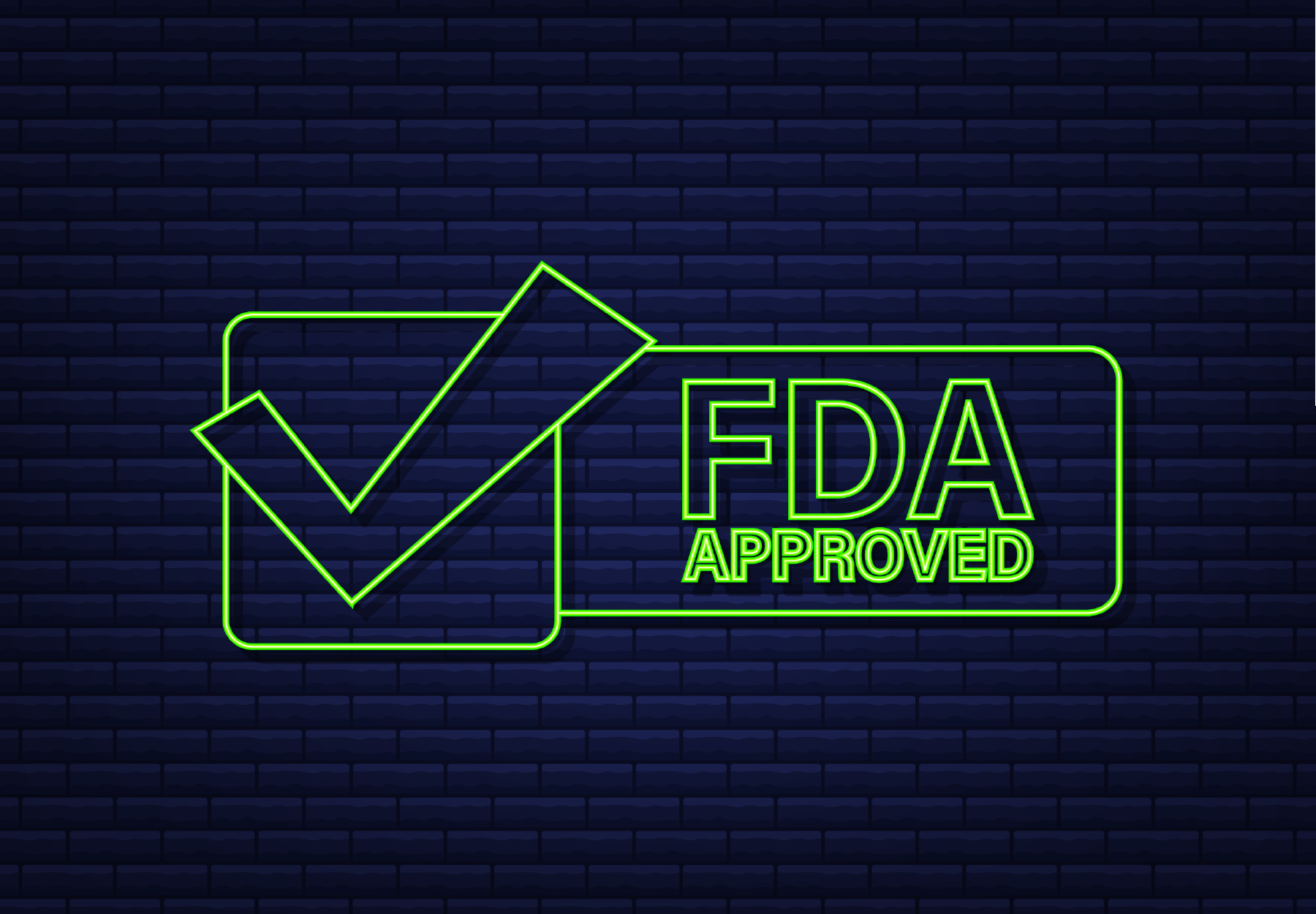FDA Points the Way to Transition EUA SARS-CoV-2 Tests to Full Approval
As Omicron ravages the planet, it seems like Dr. Anthony Fauci is right in suggesting that the coronavirus will never completely go away. Even so, the current COVID-19 public health emergency (PHE) will have to end at some point. When that day comes, producers of tests detecting the SARS-CoV-2 virus will no longer be able to rely on US Food and Drug Administration (FDA) Emergency Use Authorization (EUA) to bring their products to the market. With that in mind, the agency has released draft guidance on making the transition from EUA to full marketing and regulatory approval. SARS-CoV-2 tests travel the EUA pathway Because SARS-CoV-2 was a totally unknown virus, there were no tests designed to detect it when the PHE began. As a result, FDA authorized, and continues to authorize, SARS-CoV-2 tests on an emergency basis using its authority under Section 564 of the Food, Drug & Cosmetics Act. Since the PHE began, more than 300 SARS-CoV-2 diagnostic products have reached the US market via the EUA pathway. Under the act, EUA authorization remains valid for as long as the PHE that prompted it remains in effect. So, if the virus is still around when some form of normalcy […]

SARS-CoV-2 tests travel the EUA pathway
Because SARS-CoV-2 was a totally unknown virus, there were no tests designed to detect it when the PHE began. As a result, FDA authorized, and continues to authorize, SARS-CoV-2 tests on an emergency basis using its authority under Section 564 of the Food, Drug & Cosmetics Act. Since the PHE began, more than 300 SARS-CoV-2 diagnostic products have reached the US market via the EUA pathway. Under the act, EUA authorization remains valid for as long as the PHE that prompted it remains in effect. So, if the virus is still around when some form of normalcy returns and the Department of Health and Human Services (HHS) declares an end to the COVID-19 PHE, there may not be enough fully authorized tests that laboratories can use to diagnose it.Transitioning EUA to Full Regulatory Approval
The point of the new FDA draft guidance is to prevent disruption of test supplies and provide for an orderly and timely transition from PHE to normal operations. The guidance says that SARS-CoV-2 tests with EUA approval produced by manufacturers that do not intend to seek full marketing approval and that have already been distributed may be used for two years after the EUA termination date, or until they expire. But the key part of the guidance is addressed to manufacturers of EUA tests who do plan to seek full approval. FDA calls on those manufacturers to include in their submissions a transition plan for dealing with products that they have already distributed that includes:- The estimated number of tests currently in distribution in the US;
- An explanation of how the manufacturer will dispose of products that it has already distributed if FDA denies its application for marketing approval; and
- An explanation of how the manufacturer will deal with previously distributed products if FDA approves the marketing submission.
Subscribe to Clinical Diagnostics Insider to view
Start a Free Trial for immediate access to this article